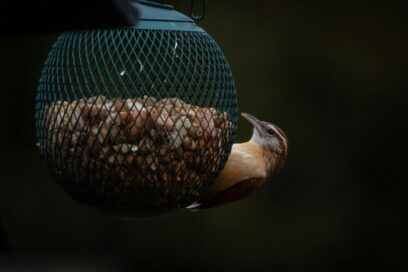You have no items in your cart. Want to get some nice things?
Go shoppingArts & Culture, Editor's Pick, Fiction
You have no items in your cart. Want to get some nice things?
Go shopping
Like Gold

Pastéis de nata

Praxis Axis (Walking the Beam)

Love by the Tracks
Recent Posts
Arts & Culture, Editor's Pick, Fiction
Art, Arts & Culture, Editor's Pick, Essays, EssaySaturday
LATEST PODCASTS

Subscribe for $6.99 a month plus get access to our digital fiction archive. Cancel anytime.
